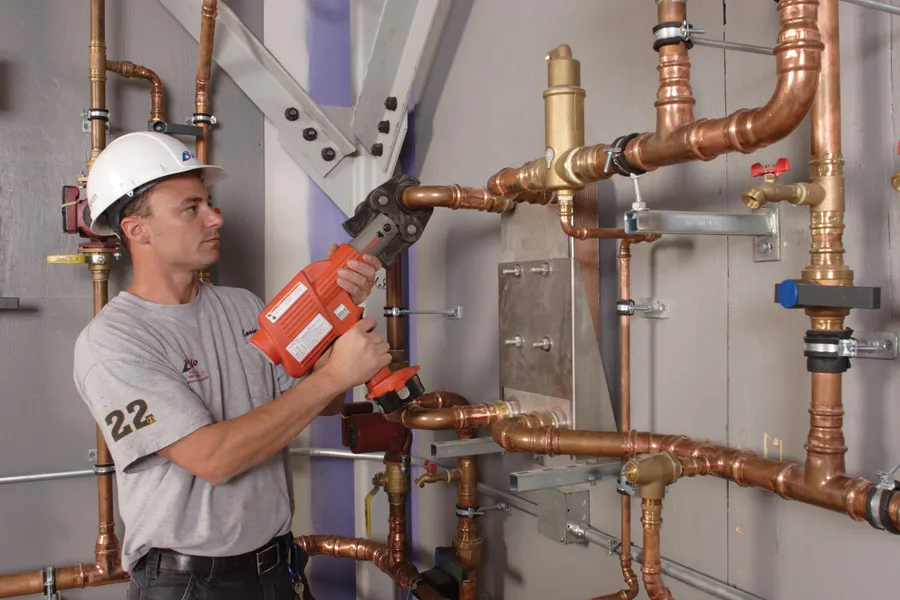A well-functioning plumbing system is essential for the comfort and convenience of any home. However, understanding how your plumbing system works and the components involve can seem daunting. In this guide, we’ll break down the basics of home plumbing systems. a water supply to drainage, and explore the role of copper compression fittings in ensuring efficient and leak-free connections.
The Basics of Home Plumbing Systems:
Transitioning to the fundamental components, every home plumbing system consists of two main subsystems: the water supply and drainage systems.
1. Water Supply System:
Transitioning to the water supply system, water enters the home from a municipal water supply or private well through a main water line. The main water line connects to a water meter, which measures water usage for billing purposes. Then, from the water meter, the water is distribute throughout the home via a network of pipes, typically made of materials such as copper, PVC (polyvinyl chloride), or PEX (cross-link polyethylene). Branch lines deliver water to individual fixtures such as sinks, showers, toilets, and appliances like washing machines and dishwashers.
2. Drainage System:
Transitioning to the drainage system, wastewater from sinks, toilets, showers, and appliances is carry away from the home through a network of drainpipes. Drainpipes are typically slope to facilitate wastewater flow toward the main sewer line or septic tank. Additionally, vent pipes allow air to enter the drainage system, preventing suction and ensuring proper drainage. Drainpipes are made of materials such as PVC, ABS (acrylonitrile butadiene styrene), or cast iron.
Understanding Copper Compression Fittings:
Transitioning to copper compression fittings, these fittings are crucial components in home plumbing systems, providing secure and leak-free connections between copper pipes. Here’s how they work and why they’re popular:
1. Construction: Copper compression fittings have three main components: a compression nut, a compression ring (or ferrule), and a body. The compression nut is tighten into the body, compressing the ring around the pipe and creating a tight seal.
2. Installation: To install a copper compression fitting, the pipe is insert into the body of the fitting, and the compression ring is slid onto the pipe. Then, the compression nut is tighten onto the body using a wrench, compressing the ring and creating a secure connection.
3. Advantages: Copper compression fittings offer several advantages, including ease of installation (no soldering require), reusability (they can be disassemble and reassemble), and reliability (they provide a tight seal when properly install).
4. Applications: Copper compression fittings are commonly use in residential plumbing applications for connecting copper pipes to fixtures, plumbing components. They are suitable for hot and cold water lines and compatible with rigid copper pipes.
Conclusion:
Concluding, understanding the basics of home plumbing systems is essential for homeowners to maintain, troubleshoot, and make inform decisions about their plumbing systems. Copper compression fittings are integral to plumbing systems. providing reliable and leak-free connections that ensure the efficient operation of water supply and drainage systems. By familiarizing yourself with these fundamentals, you can better appreciate the inner workings of your home’s plumbing and address any issues that may arise effectively.



